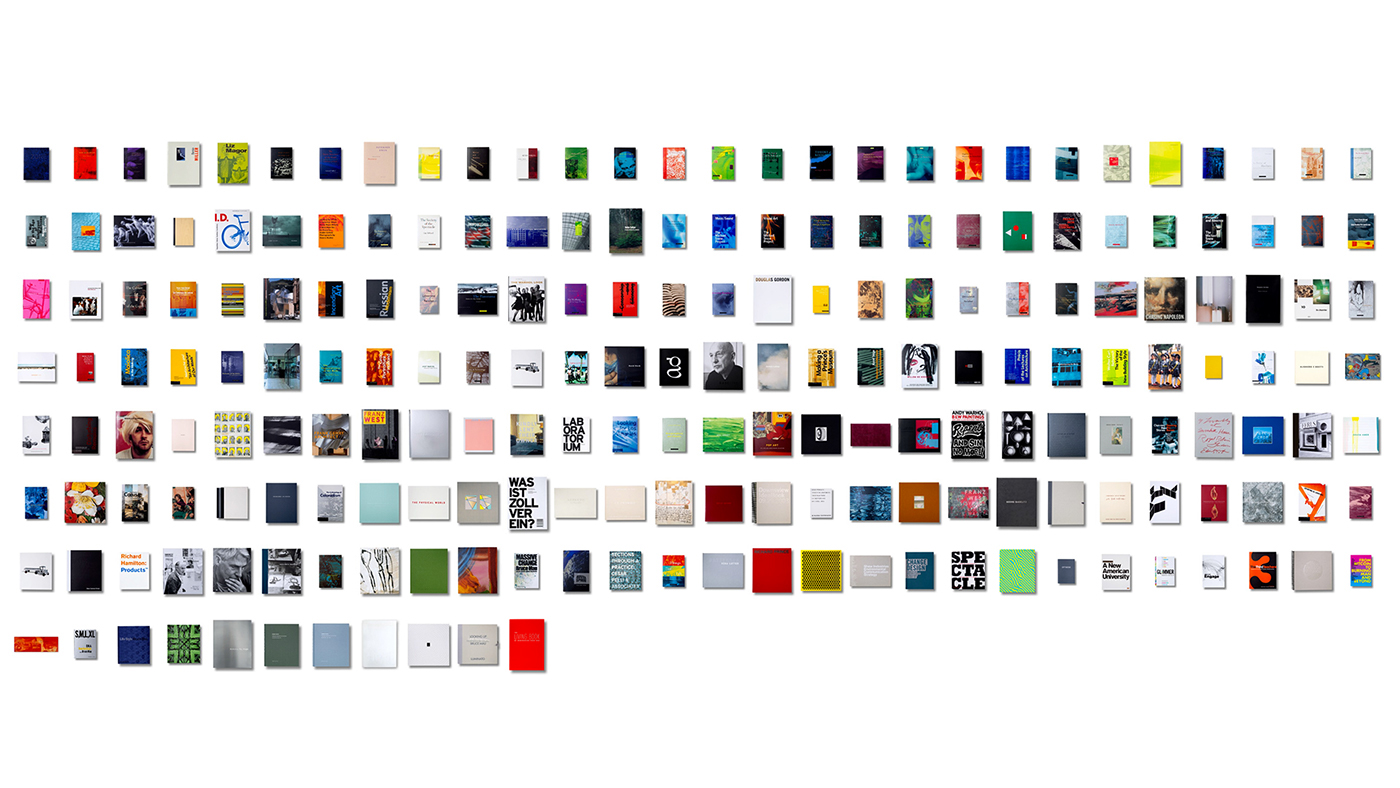
The book is not an outmoded graphic two-dimensional form. I think of the book as a dynamic, cinematic, four-dimensional object evolving in the hands and mind of the reader. In fact, if the book hadn’t been invented yet, if web pages and e-books had somehow come first, we would need to invent the book—there is still no interface that can serve images as quickly, hold data as securely (books don’t crash), and serve our narrative needs so delightfully, cost effectively, and democratically. The book’s simplicity is still unmatched
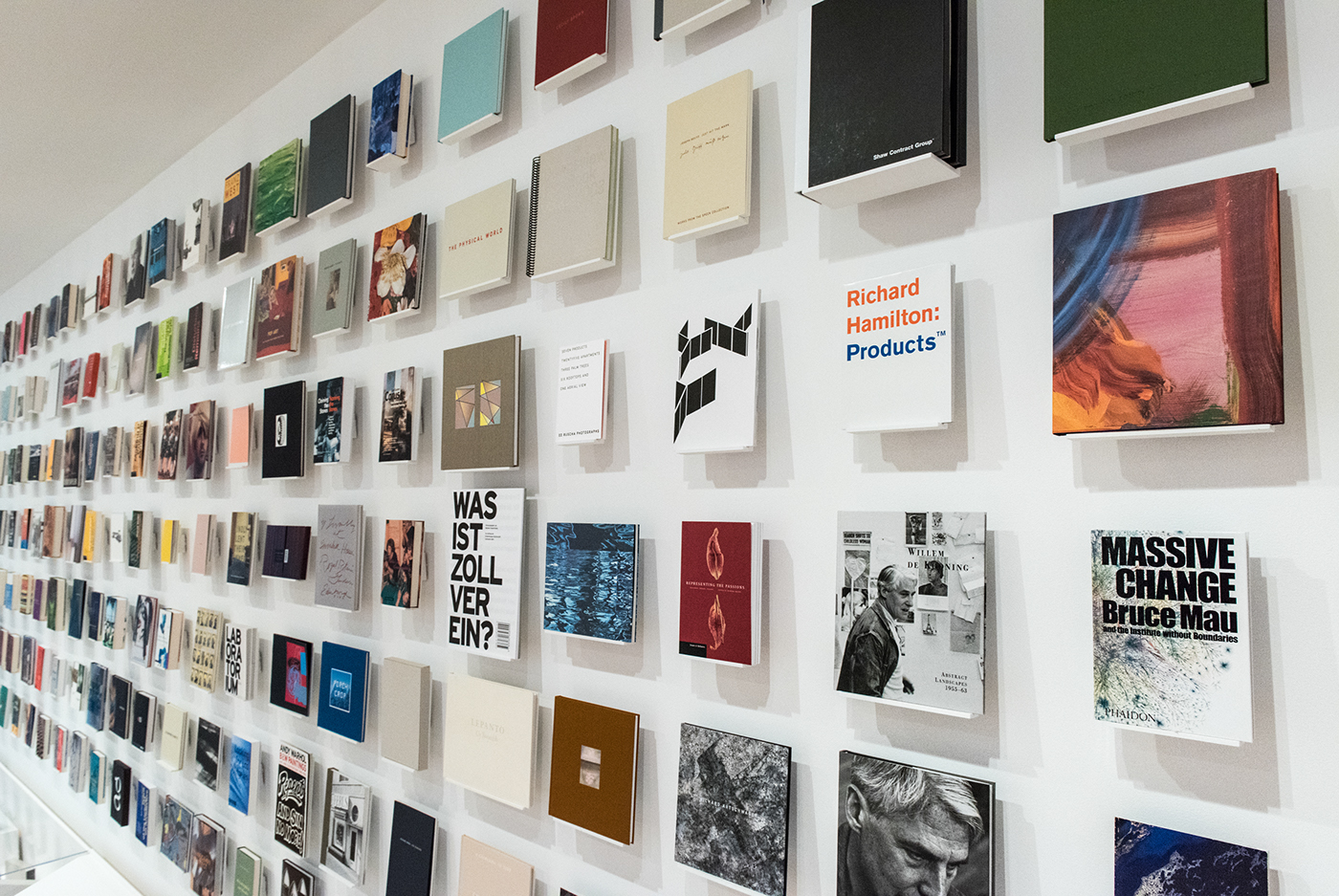
After centuries of experimentation, books are just getting started. Bruce Mau Loves Books
Ever since I designed my first books in 1985, I put three copies of every book I worked on into my personal archive for my children. What you see here is a selection from my oldest daughter’s collection. It captures my love for the book as a creative form. In the 1980s there was a lot of nonsense about how the book was dead. I didn’t see it that way. The book is not an outmoded graphic, two-dimensional form. I think of the book as a dynamic, cinematic, four-dimensional object evolving in the hands and mind of the reader. As a creator, my work is half the work. The reader takes the work to their own conclusion.The book is one of the most intimate cultural objects we have. We curl up with it, we take it to bed, we cry quietly with it at times. We can also have an intensely private experience in public while reading our book on a streetcar or subway. No, the book is not dead. It is just getting started. Most importantly, the book still has the aura of authority.
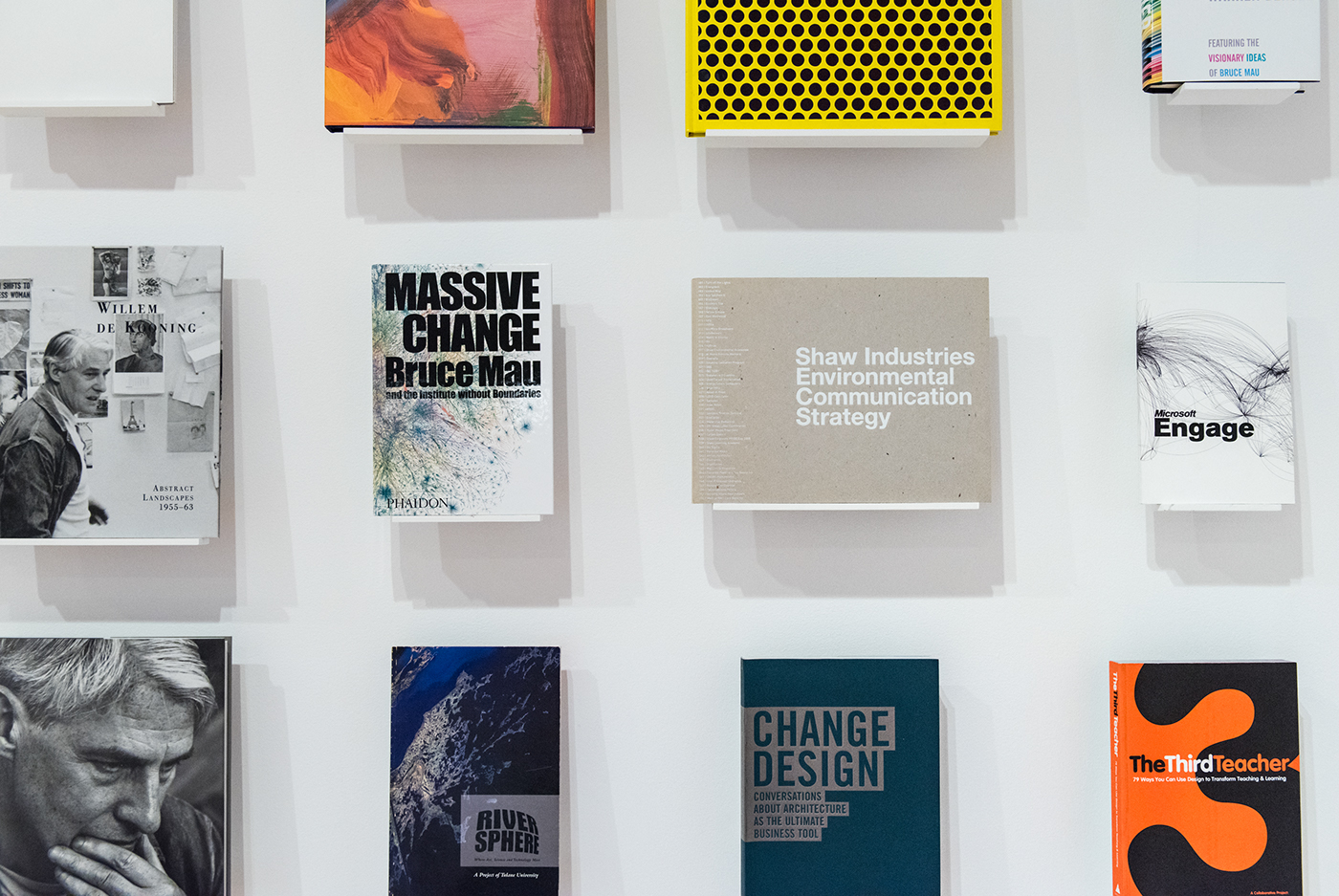
So I am still exploring the creative power and possibilities of the book. In that process, I became an author. It was the editors at the independent publishing house Zone who first declared me oneby including me as a contributor to our first Zone Book. They explained that form is content in the same way that content is form. That singular idea set the trajectory for thirty years of work. Understanding that the way we do things, the way things appear, their material character, the way an object unfolds and lives in our minds and our personal ecology, is a story, and that story is partially, and sometimes principally, written by the designer. My obsession with that story has been one of the great loves of my life.
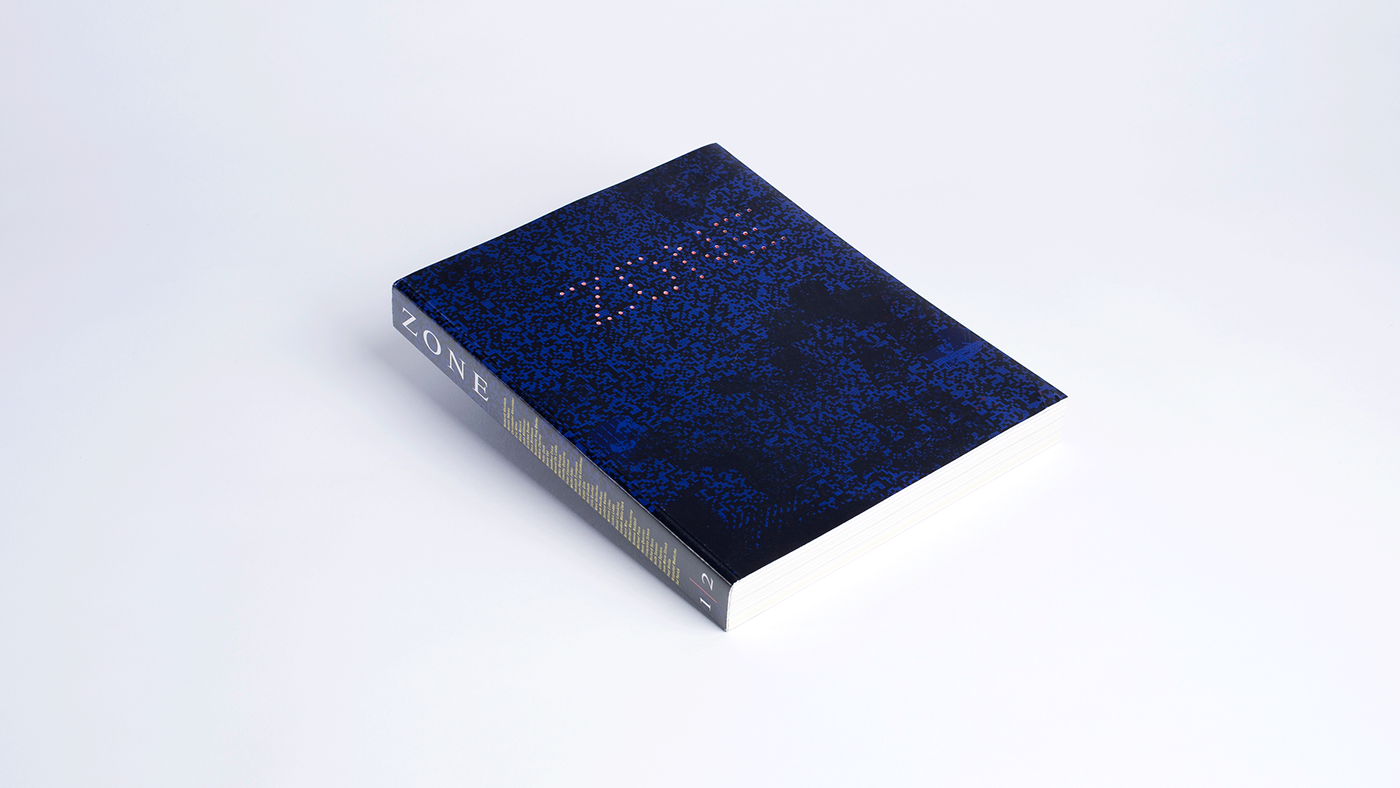
Zone 1|2: The Contemporary City, 1985
Perhaps the greatest impact of this work is the extraordinary learning that it has generated. To design the books the way that I do is a deeply intimate collaboration. I have studied the future of Tokyo with Minoru Mori; contemporary art with artists like Terry Winters, Douglas Gordon, and Glen Seator; and curators and gallery directors like Mark Francis, Larry Gagosian, Phyllis Lambert, and Hans Ulrich Obrist. I have had the pleasure of working with artists Ed Ruscha, Ellen Gallagher, Coosje Van Bruggen, and Claes Oldenberg. I have studied life and ideas with Sanford Kwinter and Michel Feher; architecture and urbanism with Frank Gehry, Rem Koolhaas, Jennifer Sigler, and Cesar Pelli; and the principles of global architectural firms like SOM and NBBJ. I have studied cinema and art with Michael Snow and Chris Marker. I have studied spectacle and experience design with David Rockwell. And I have had the pleasure of working closely with some of my closest friends like artists James Lahey and Tony Scherman. My ongoing collaborative practice on the making of books has been one of the great pleasures and learning adventures of my life.
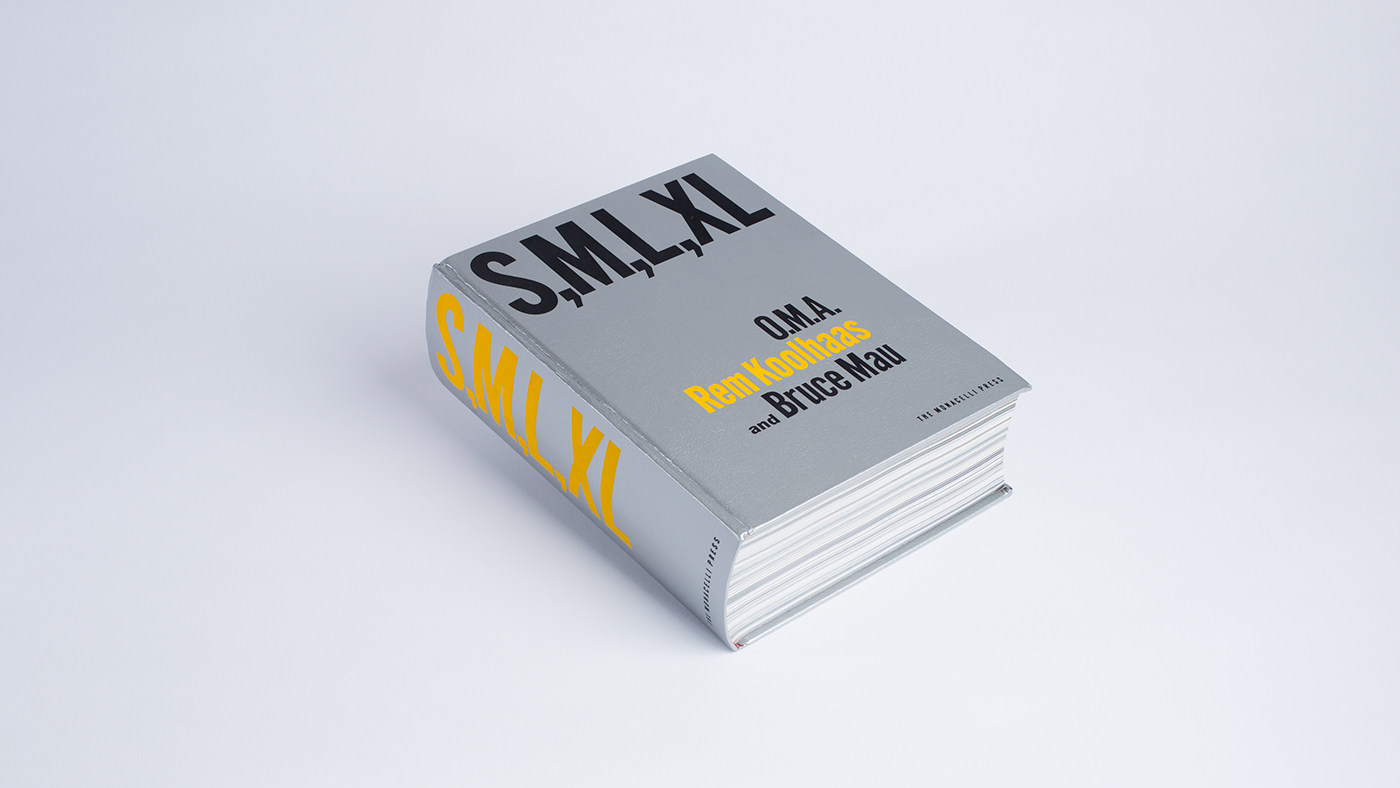
S,M,L,XL, 1995
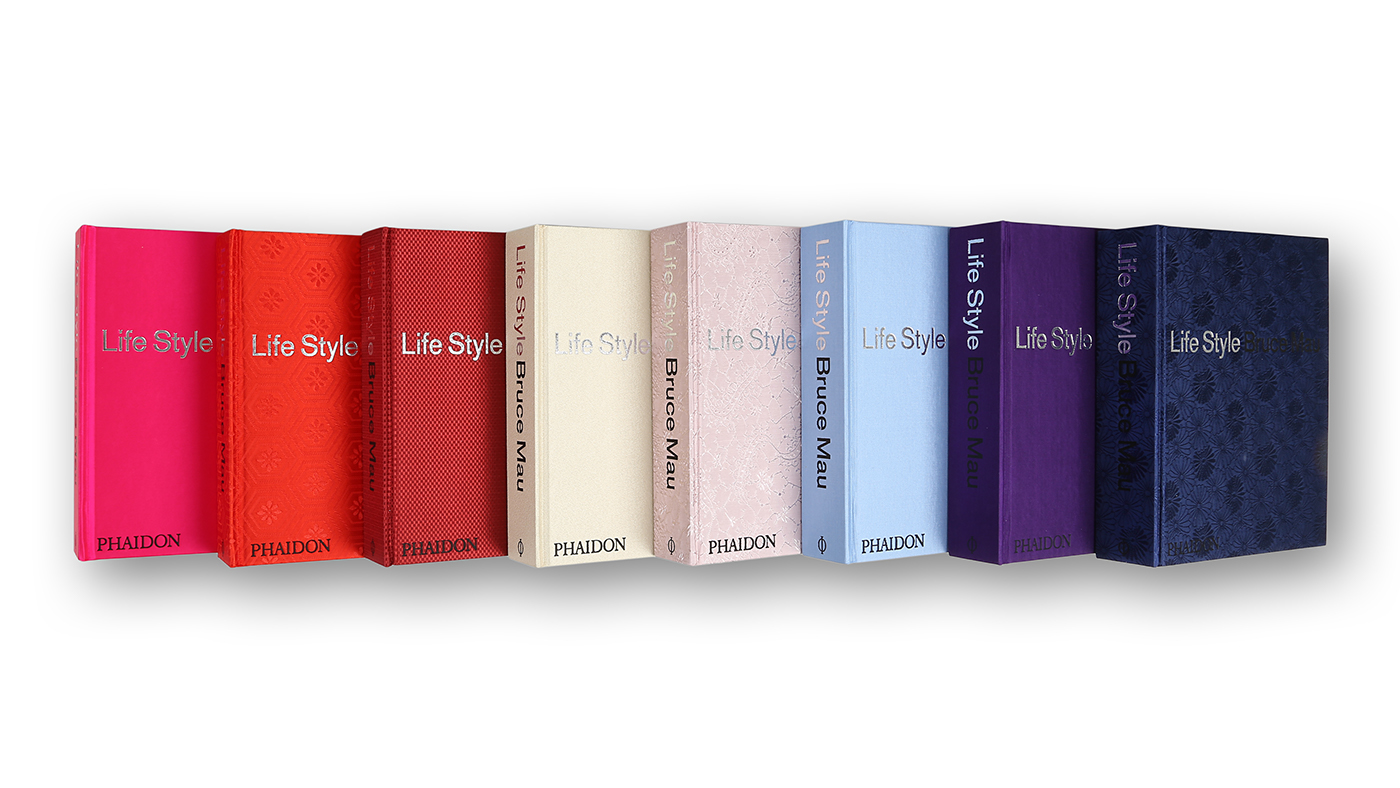
Life Style, 2000
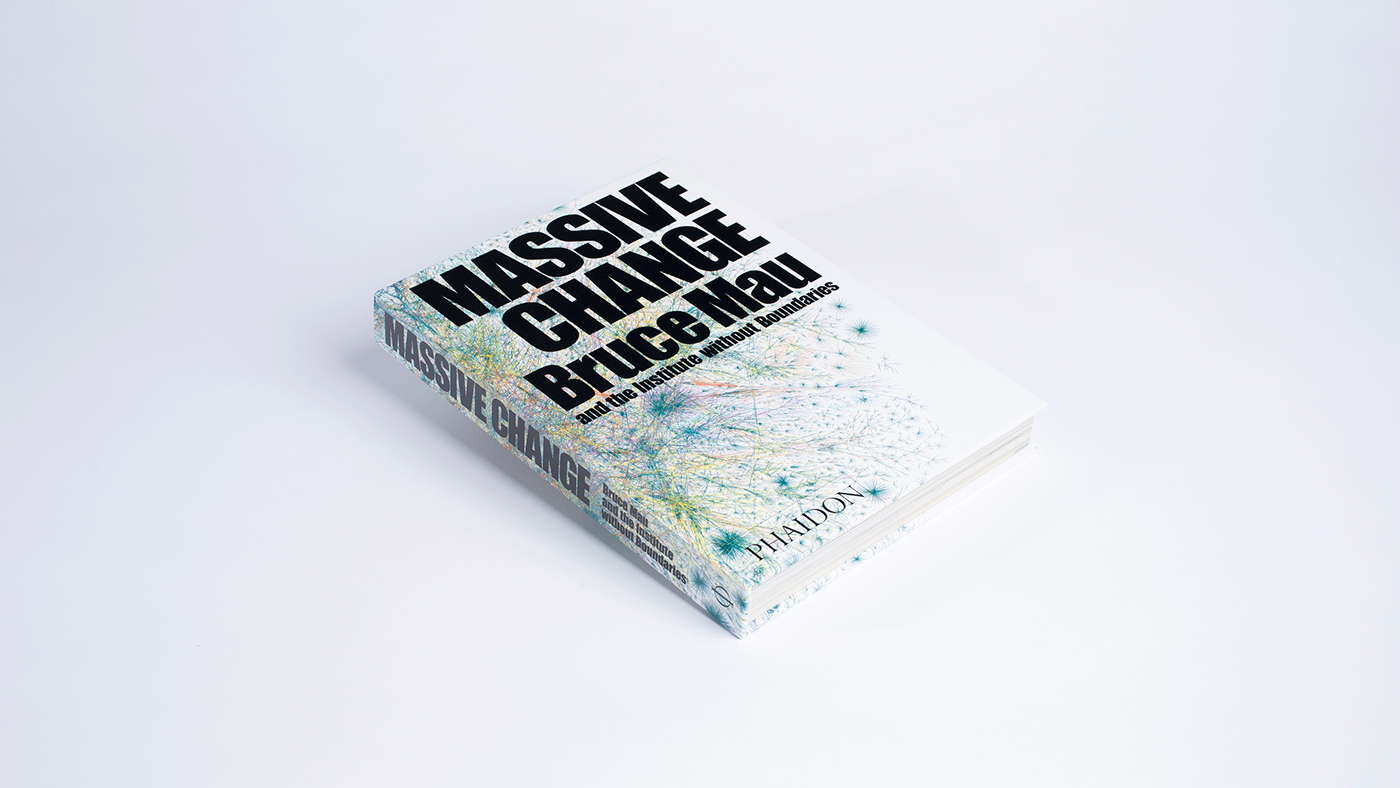
Massive Change, 2004
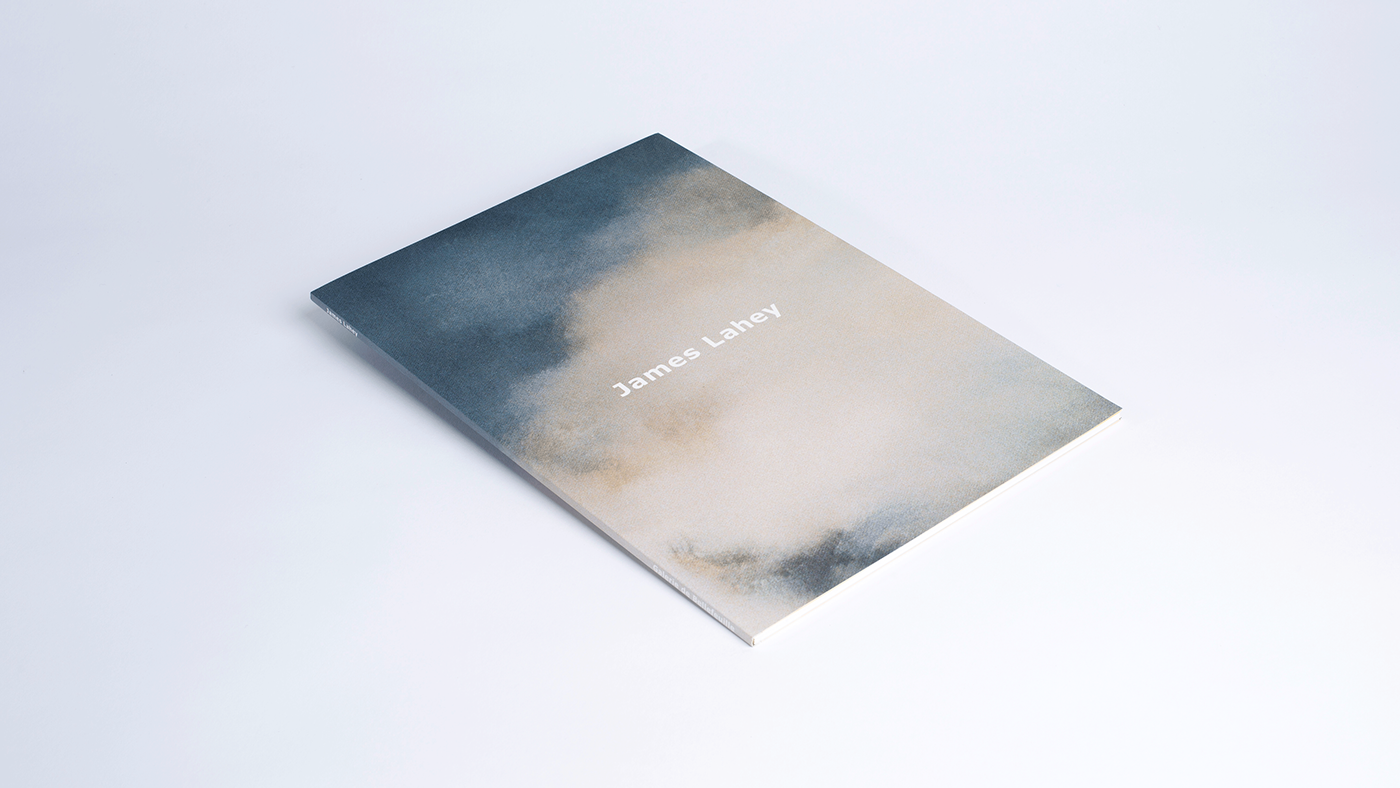
James Lahey, 2000
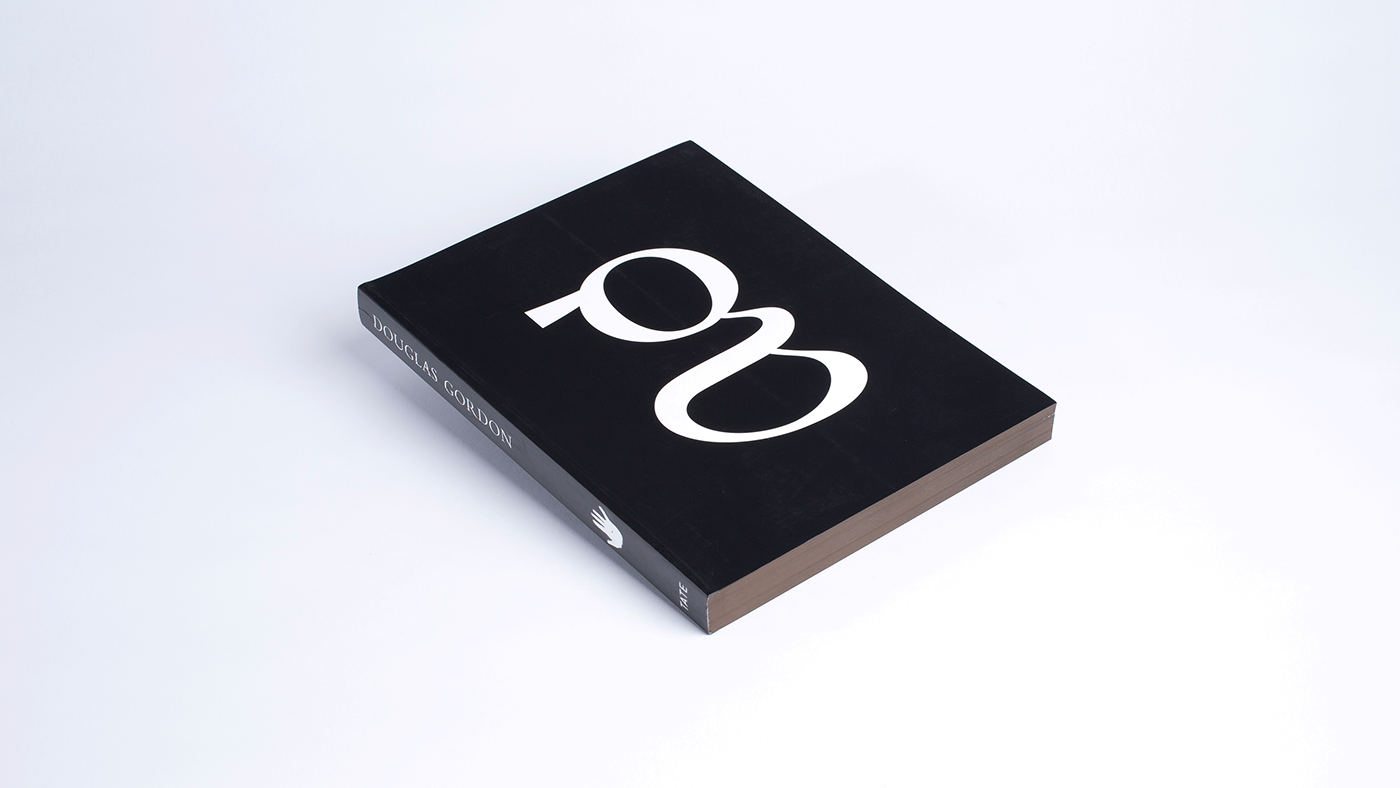
Douglas Gordon, 2000
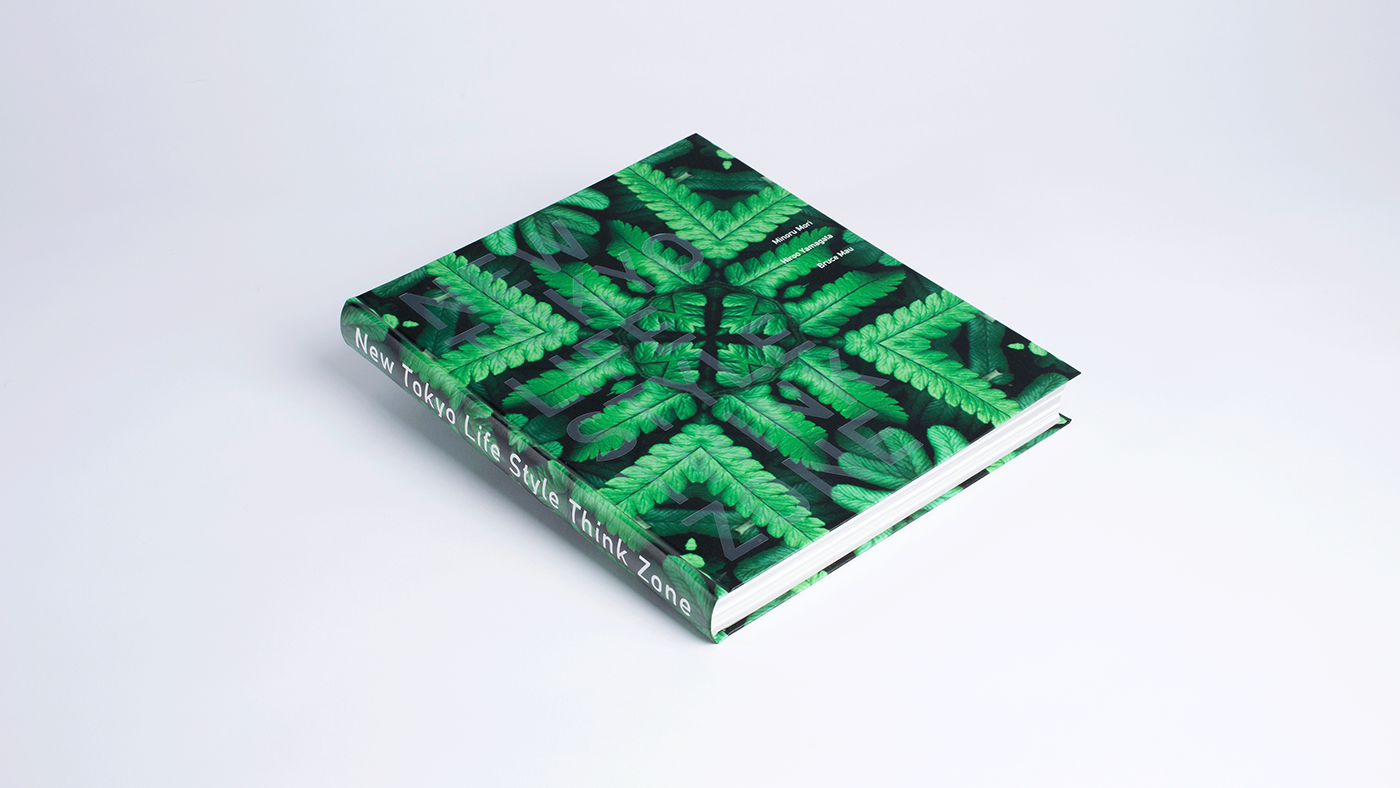
New Tokyo Life Style Think Zone, 2001
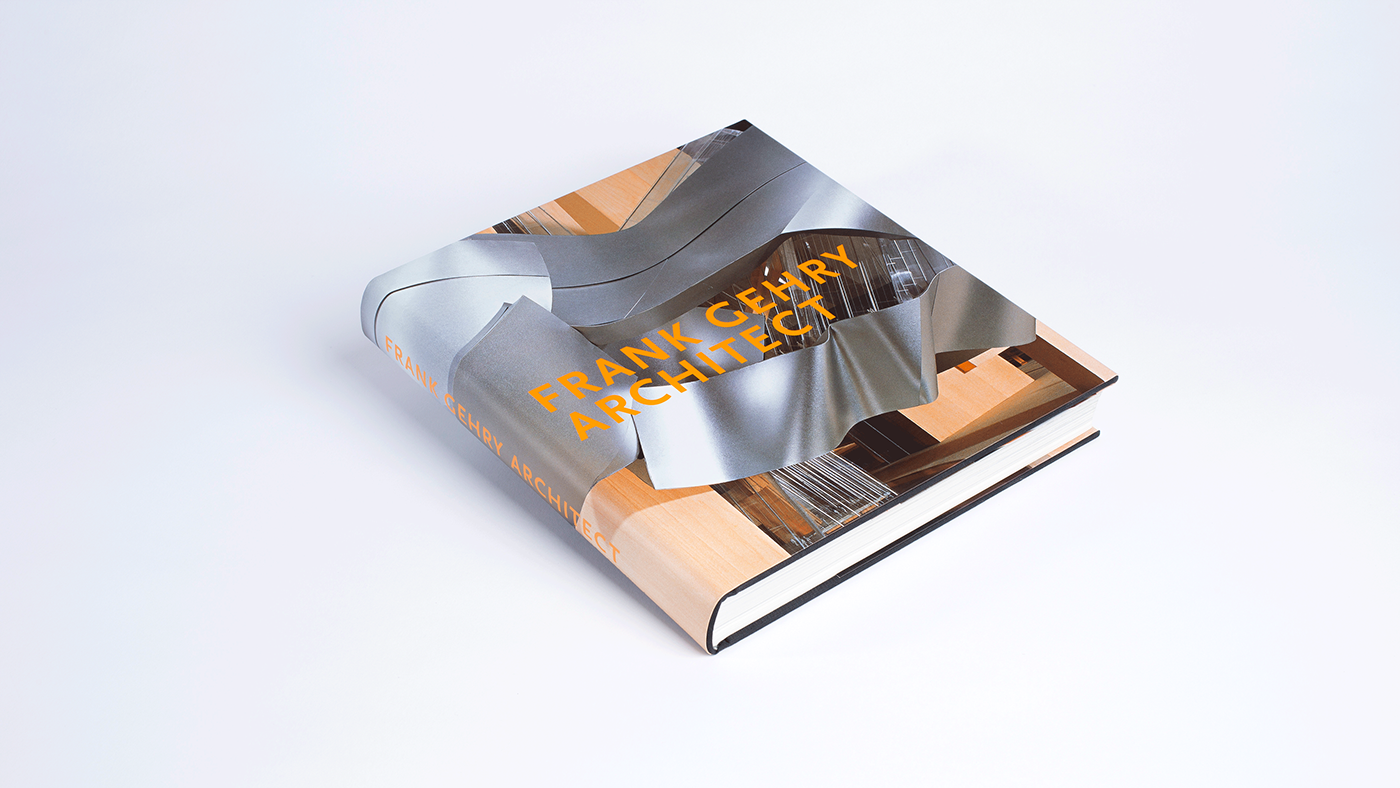
Frank Gehry, Architect, 2001

